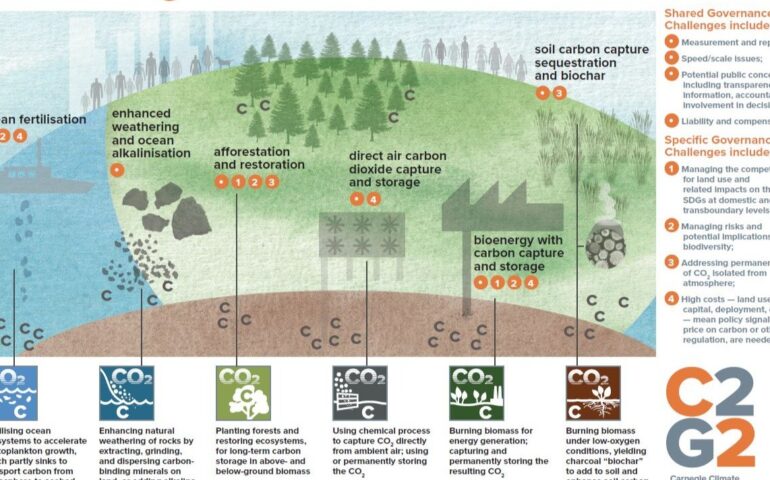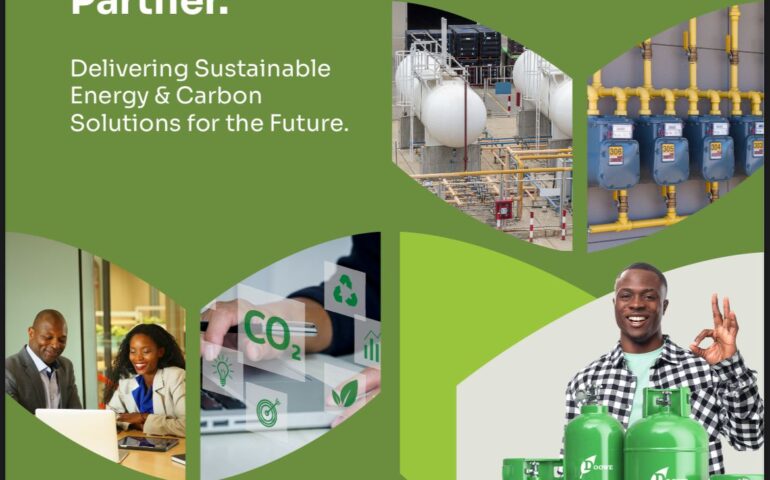
As organisations face growing pressure to demonstrate meaningful climate action, understanding and reducing carbon impact has become essential. Achieving Net-Zero isn’t just about good intentions — it requires accurate measurement, reliable data, and clear insight into where emissions are coming

For many organisations, carbon accounting has become a familiar exercise. Each year, emissions are measured, reports are compiled, and numbers are shared with stakeholders. These steps are valuable. They build transparency, accountability, and a foundation for progress. But as sustainability

CCS in the Climate Puzzle Carbon Capture and Storage (CCS) has shifted from being a niche technology to one of the most critical levers in global decarbonization strategies. As industries such as power generation, cement, steel, and chemicals wrestle with

Carbon dioxide removal (#CDR) has officially entered its make-or-break decade. No longer an experimental concept, it now sits at the heart of net-zero strategies, industrial innovation, and climate credibility. In 2025, the global conversation is no longer about if CDR

Company A reports that 95% of its carbon footprint sits in Scope 3; emissions from suppliers, logistics partners, and customers using their products. Who actually owns responsibility for that device’s carbon? The aluminum smelter in China? The assembly facility in

Carbon Accounting Overview Carbon accounting is the systematic process of measuring, tracking, and reporting the greenhouse gas (GHG) emissions generated by an organization or activity. These emissions are standardized and expressed as carbon dioxide equivalent (CO2e), enabling a consistent assessment